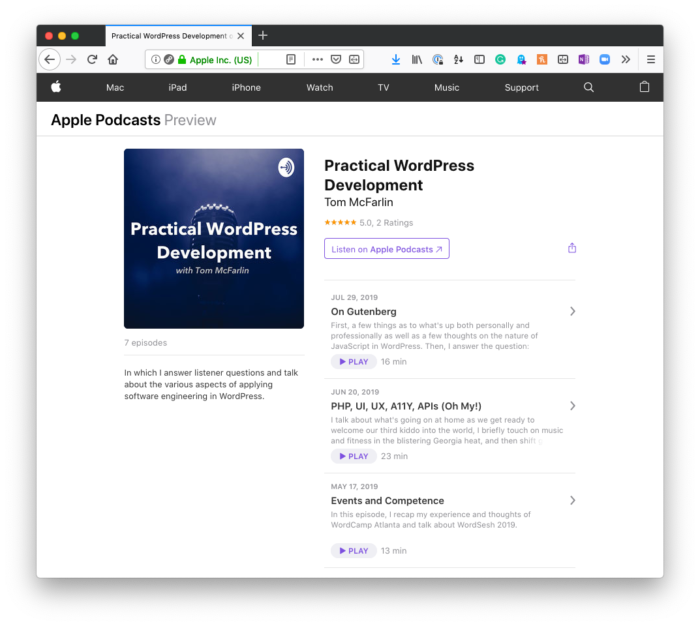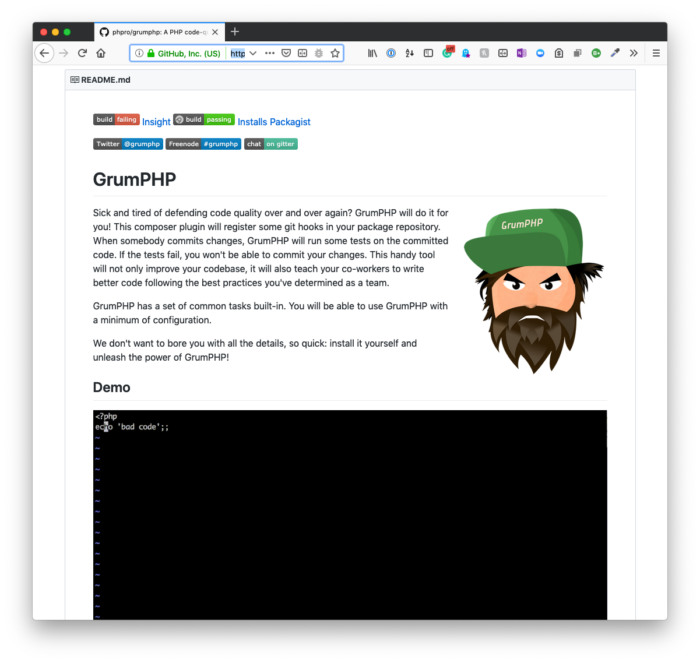Earlier this year, I followed-suit with my usual routine of social media sabbaticals (which is just a fancier way of saying “time off of social media” 🎩).
If you’re new to reading this site, you can read my past entries here:
- The First Social Media Sabbatical of 2018
- The Second Social Media Sabbatical of 2018
- The Third Social Media Sabbatical of 2018
- Time Off 2019: Part 1 of 4 of Social Media Sabbaticals
This is something I’ve been doing for a while now, and it’s something that I’ve found useful both for my personal and professional life.
And I don’t want to try to come up with some other reason for doing this so I’ll quote my previous post (because quoting yourself isn’t narcissistic or anything, is it?):
Every time I end up taking time off of social media in general, I never regret it. At the same time, I also find new things I want to do during that time.
But one of the things I like do during this post other than share that I am doing it (because I see this site as the primary place to keep up with me – not Twitter, not Instagram, not AIM, not ICQ), I like also to cover what I plan to do.
So here’s what I’m looking to do during August.



